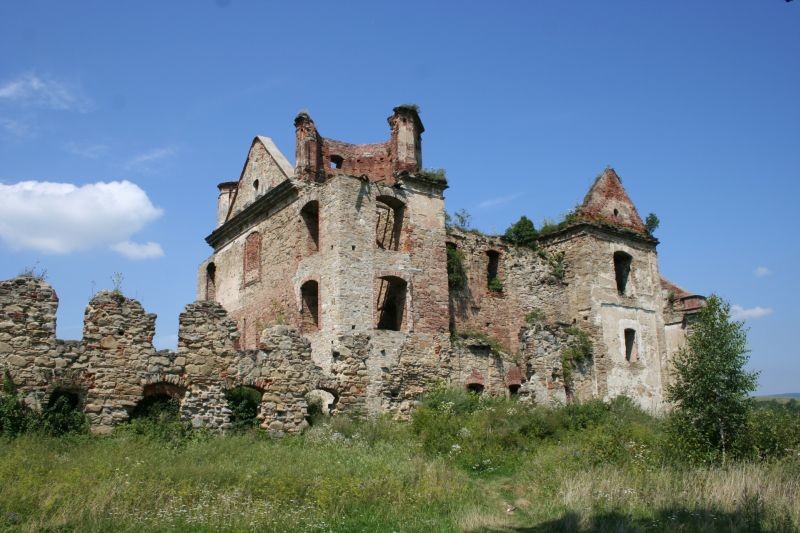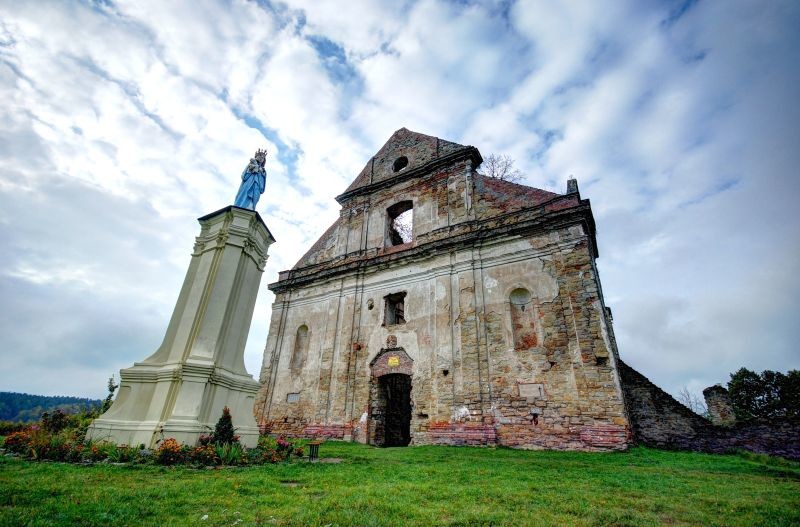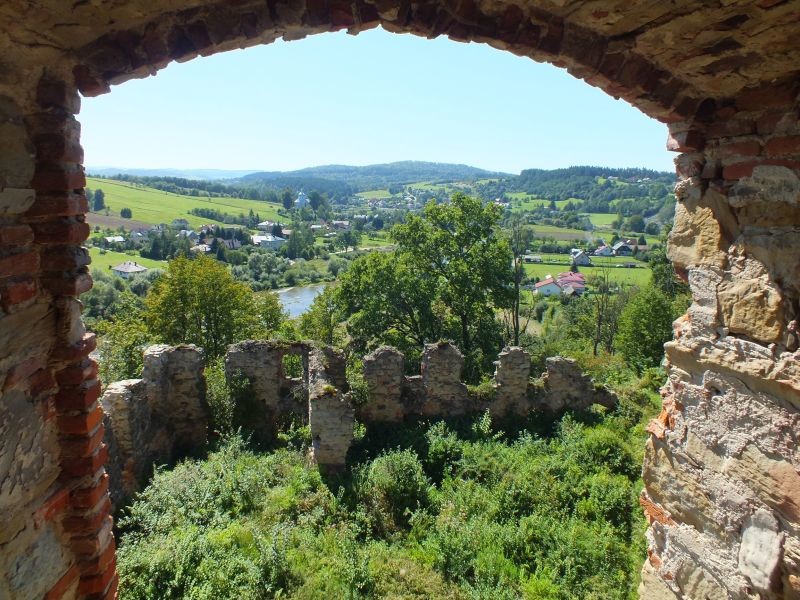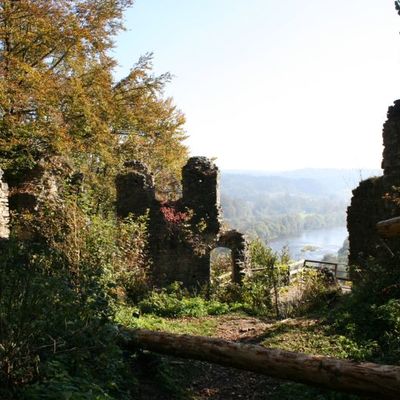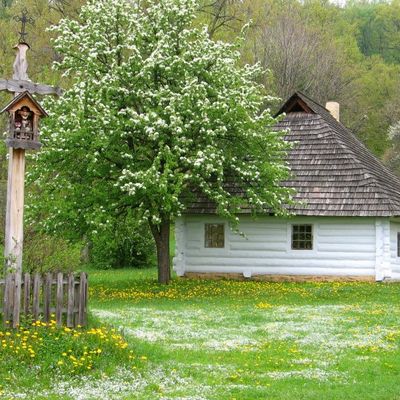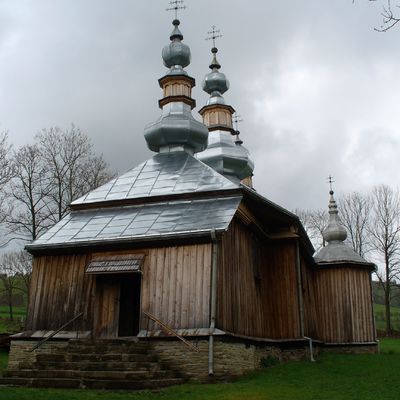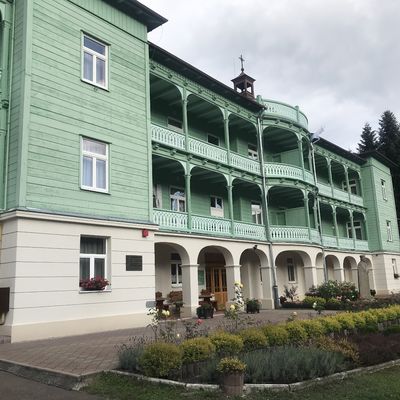Zagórz
Today’s village of Zagórz represented the Hungarian-Polish-Russian border in the Middle Ages. In 1977, the town and municipality of Zagórz was founded, and that same year it acquired town rights. In 1872, the construction of the railway created a great opportunity for the town’s economic recovery. Zagórz is the perfect starting point for a trip to the Bieszczady Mountains. Aside from the Carmelite Monastery, the parish church of the Assumption of the Mother of God is also worth seeing. Today there is a green tourist sign near the church, from which there is a beautiful view of the ruins of the monastery with the Slonný Mountains in the background.
Ruins of the monastery complex of the Discalced Carmelites
The most important attraction of the town of Zagórz, also called the gate of the Bieszczady Mountains and one of the main attractions of the Carpathian region, is the ruins of the Carmelite monastery. This unique monument can be reached by a short 10 - 15 min walk.
The monastery was built at the start of 17th century on a hill named Mariamont, two-thirds of which is surrounded by the waters of the Osława River. In addition to the monastery itself, a recently built 22-metre high observation tower is another attraction. The monastery decoration was under the care of the founder’s daughter – Anna Stadnická. Due to bombardment in 1722, the first fire broke out at the monastery. The entire building was rebuilt, but it never regained its original beauty.
Parish Church of the Assumption of the Virgin Mary
The late-Baroque parish church was built in the second quarter of the 18th century, probably using the walls of the old Gothic chapel. á In 1915, during the First World War, the building was partially burned. The church is a single-nave building with vestibule and sacristy. It is made of stone and covered by plaster. On the church’s facade are wooden statues of St. Peter and Paul, and among them is a black marble plaque on the occasion of the tenth anniversary of independence. Not far from the church is a free-standing bell tower. In the past, a cemetery surrounded the church.
Church of St. Michael (cerkva)
The stone Orthodox church was built in 1836. It was then thoroughly reconstructed in the 20th century and later recorded on the registry of monuments. On the front side is a magnificent tower with a lantern and a dome. A sacristy was later added to the church on the north side.





